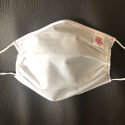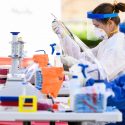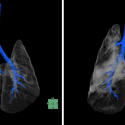Photo gallery UW–Madison partners with state and federal public health agencies on COVID-19
In early September, the University of Wisconsin–Madison welcomed the Centers for Disease Control and Prevention and the Wisconsin Department of Health Services onto campus to initiate a new partnership in light of the COVID-19 pandemic.
With more than 6,000 students returning to live in on-campus residence halls — and mandated to receive on-campus COVID-19 tests on a regular basis — the public health agencies and the School of Medicine and Public Health saw an opportunity. The three could to work together to better understand COVID-19 on college campuses, build upon knowledge about the virus that causes the disease, and contribute to improved local, state and national response to the pandemic.
“The University of Wisconsin–Madison and Wisconsin DHS are strong partners and the goal is definitely to take this message and have the country learn from it,” says Hannah Kirking, a medical epidemiologist and leader of the CDC-directed effort in Wisconsin, where, she says, Hannah Segaloff, a CDC epidemic intelligence service officer based at DHS, has served as “the important link between the federal and local public health and university response needs.”
Kirking is also a Badger alumna.
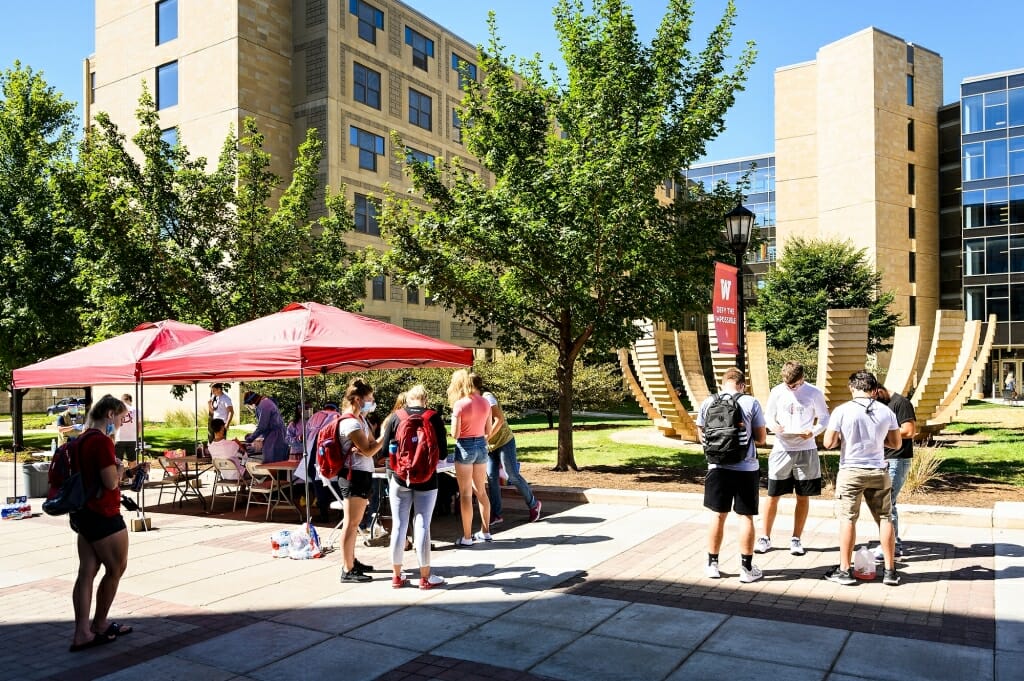
As the semester was just beginning, students voluntarily submitted blood and saliva samples so public health officials could determine who arrived with antibodies to the virus that causes COVID-19 and who did not. “One of the questions to help our big picture understanding right now is — are those antibodies protective and is reinfection possible as well?” says Kirking. Photo by: Jeff Miller
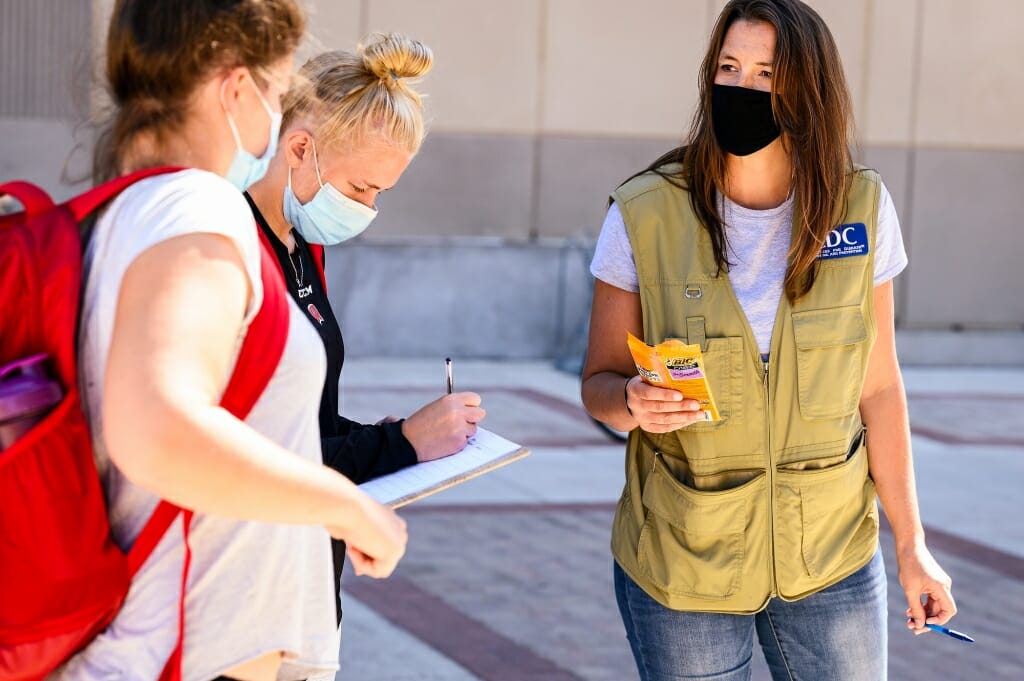
Students filled out paperwork prior to undergoing antibody testing. Some of this paperwork involved behavior surveys to help identify protective factors and risk factors that influence virus transmission among students. “For the last little bit, we’ve been trying to figure out how to better understand transmission of COVID-19, specifically in university settings,” Kirking (pictured above) adds. Photo by: Jeff Miller
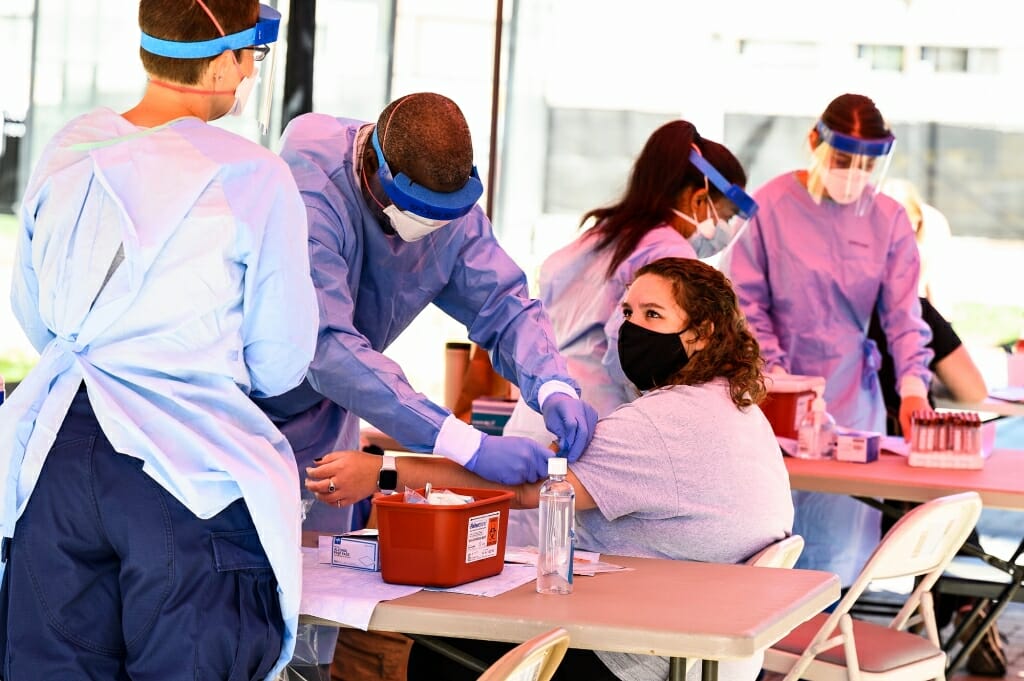
The resources UW–Madison committed in order to reopen in the fall led to the idea of working together, Kirking explains. The team reached out to state epidemiologist at DHS and UW–Madison professor of medicine Ryan Westergaard to explore partnerships here and with other universities across Wisconsin. Photo by: Jeff Miller
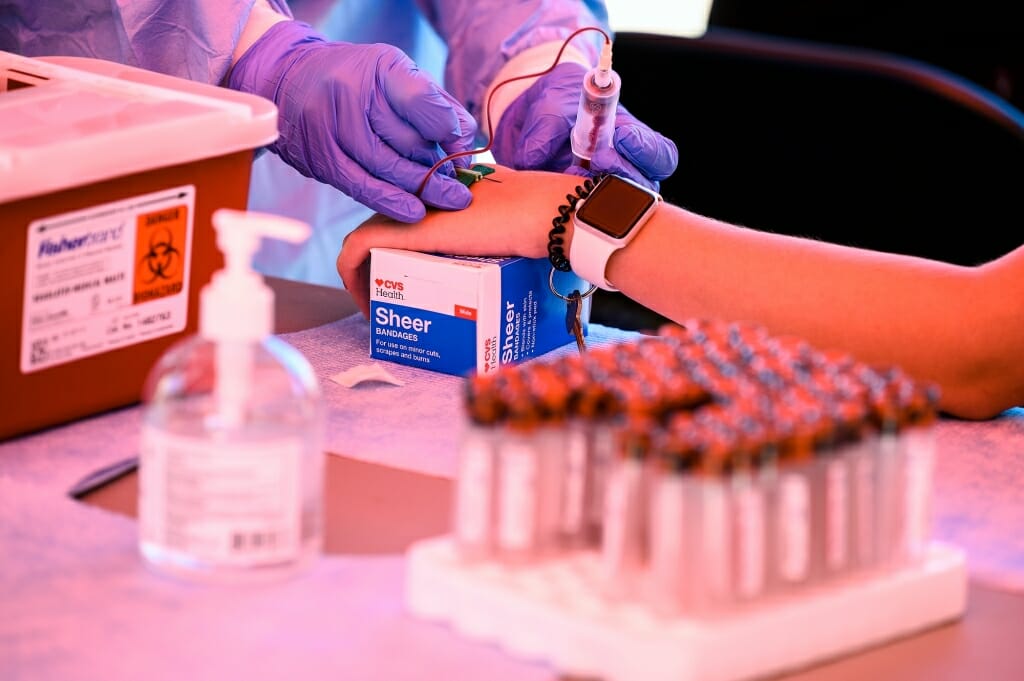
The public health investigation team is interested in who does and does not contract the virus, and in behaviors and living situations that either protect students or increase their risk. Because UW–Madison is conducting regular testing of students who live on campus, data from the survey and antibody tests might ultimately be linked back to test results gathered over the course of the semester. Photo by: Jeff Miller
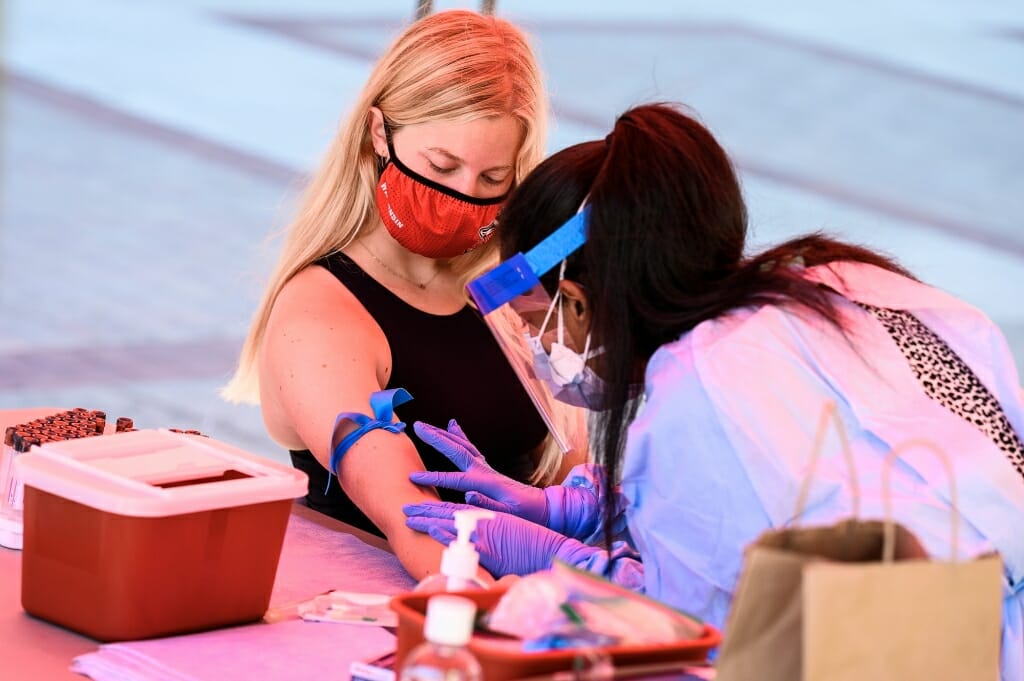
The information the collaboration generates, Kirking and her colleagues say, could inform how other campuses in Wisconsin and across the country approach outbreaks, or weigh decisions about reopening: “We're trying to understand how this is affecting patients in their communities … no one's not part of COVID right now.” Photo by: Jeff Miller
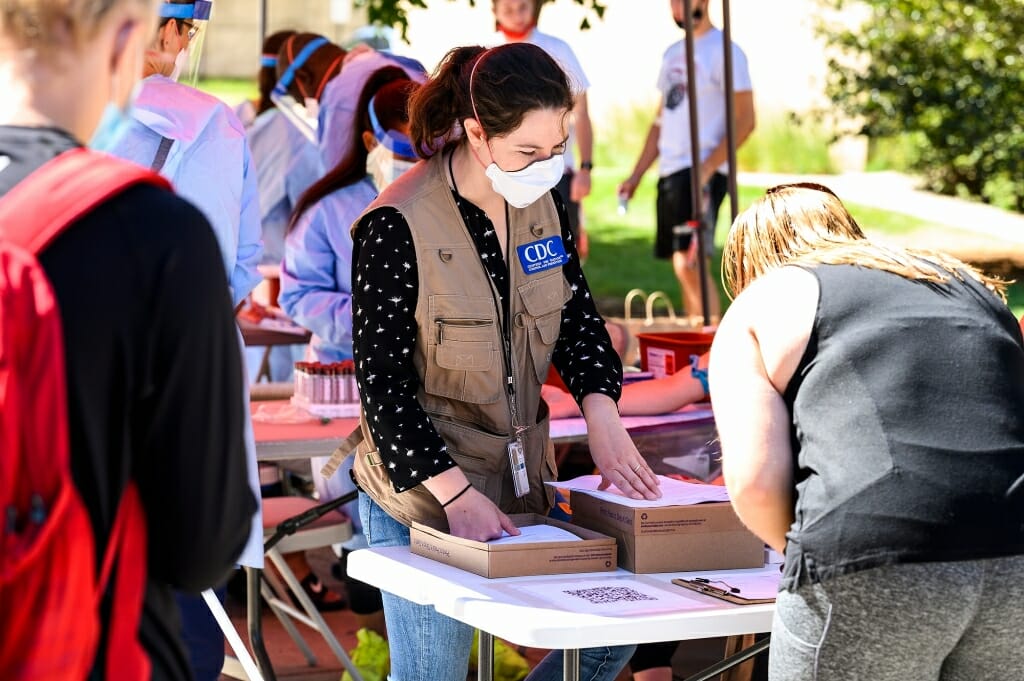
The collaborative effort also allows public health officials to learn more about COVID-19 and how it might change this fall, using the kind of data campus is already collecting, says Segaloff (pictured above). In a little more than a week, the public health investigation team collected 1,500 epidemiological surveys from students, and in four days, 600 antibody samples. Photo by: Jeff Miller
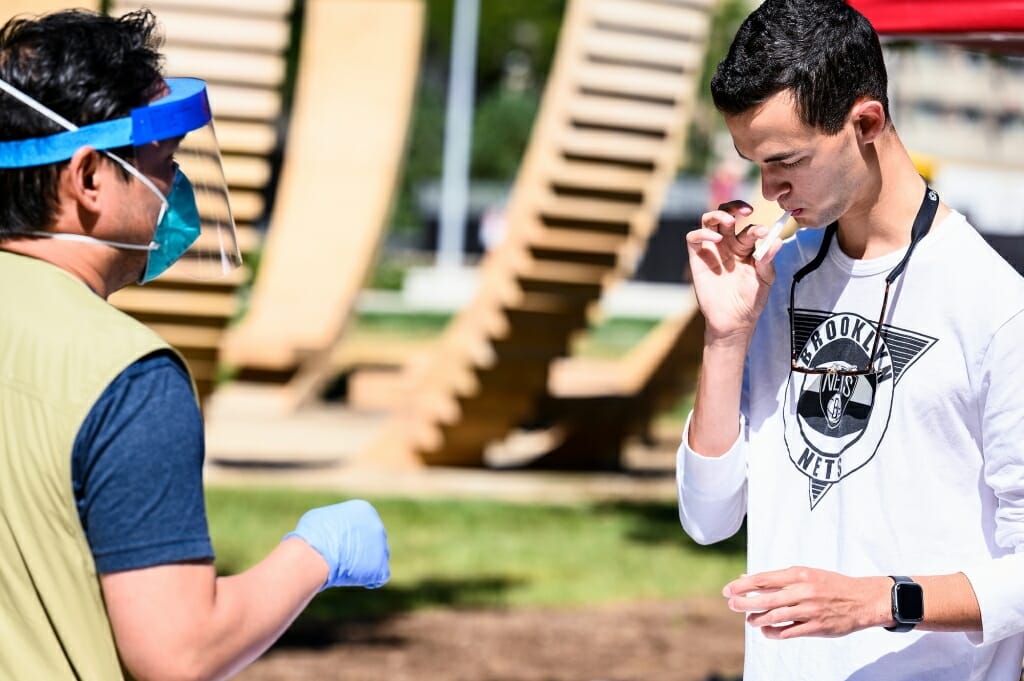
The CDC recently sent 10 people to the UW–Madison campus to assist with testing efforts and contribute expertise to isolation and quarantine activities already underway. The team is also looking at additional ways to use campus-level data and potentially evaluate different approaches to COVID-19 testing. Photo by: Jeff Miller
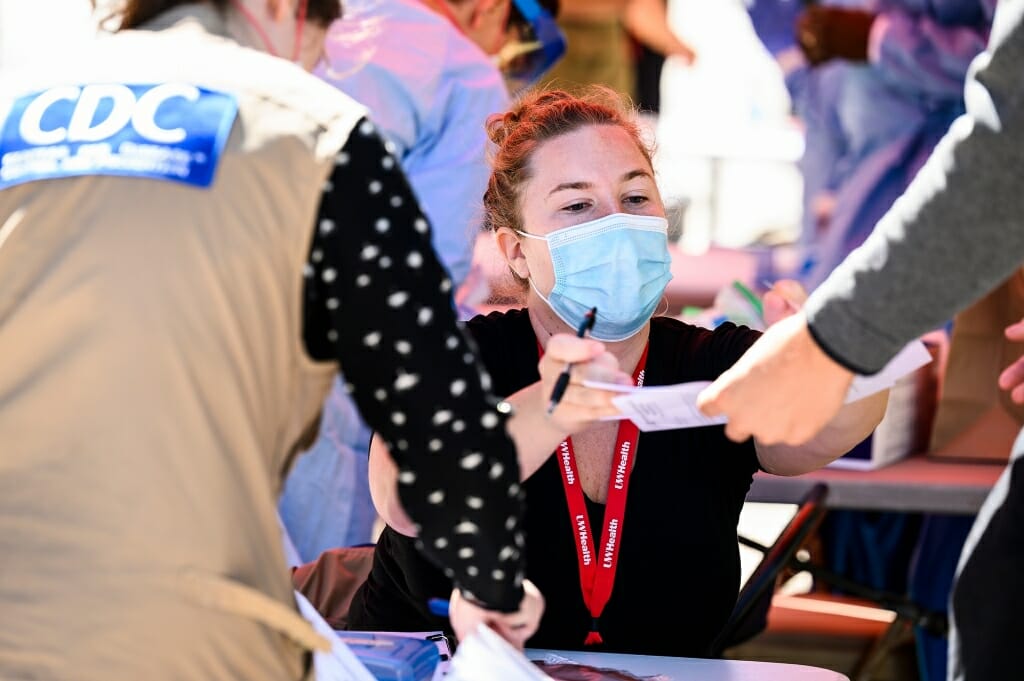
Devlin Cole (above), a preventive medicine resident at the School of Medicine and Public Health, was already working with Segaloff when the opportunity to partner on COVID-19 emerged. She says it presents a unique chance to learn more. Kirking adds: “I was interested in our ability to synergize with what was already happening here on campus, adding a little bit more, and trying to have Wisconsin be a place that could help us understand better what’s happening.” It truly is, the former Badger says, the Wisconsin Idea in action. Photo by: Jeff Miller

